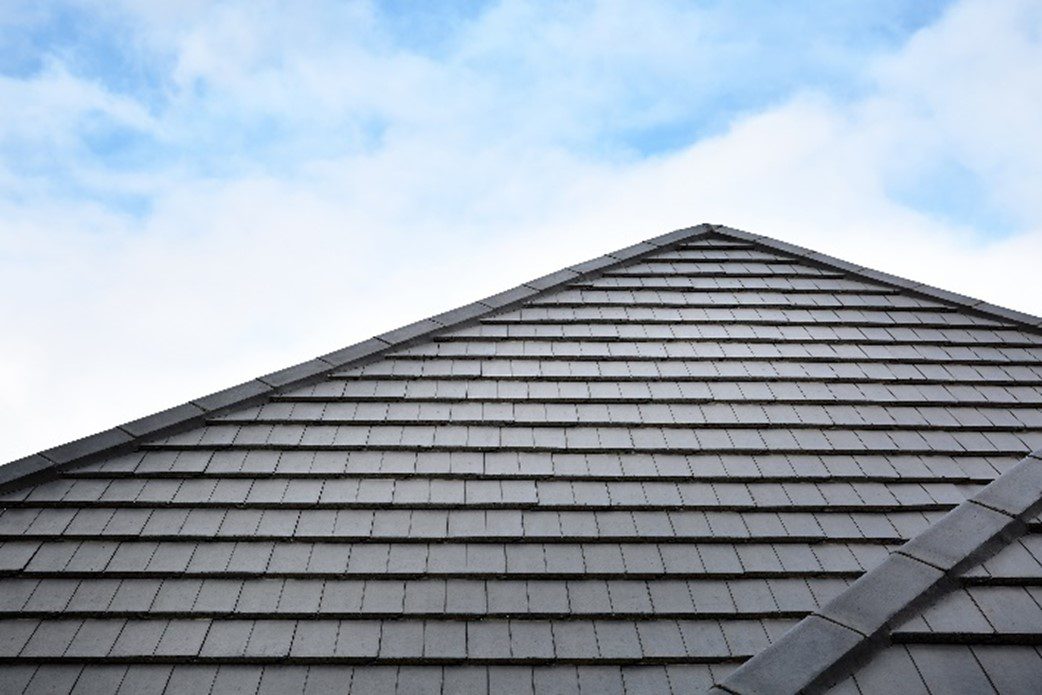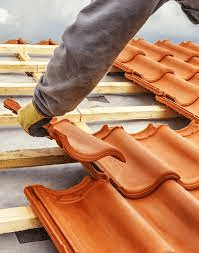When choosing roofing materials, one important term you may come across is solar absorptance.
Simply put, solar absorptance refers to how much sunlight (specifically, solar energy) a surface absorbs, rather than reflects. It’s rated on a scale from 0 to 1:
• A value close to 0 means the surface reflects most of the sun’s energy (stays cooler).
• A value close to 1 means it absorbs most of the sun’s energy (gets hotter).
Solar absorptance and thermal lag work together to affect how much heat enters your home. While solar absorptance indicates how much heat is taken in, thermal lag refers to how slowly that heat moves through the material. A roof with low solar absorptance and high thermal lag can help keep your home cooler by both reflecting heat and delaying its transfer.
Roof tiles also offer excellent thermal mass, meaning they absorb heat during the day and release it gradually at night. This helps regulate indoor temperatures and supports energy efficiency across different climates.
In warmer regions, tiles with lower solar absorptance help reduce heat gain and cooling costs. In cooler areas, higher values may help retain warmth. Monier provides solar absorptance values for all our tiles so you can make informed choices based on your home’s needs and climate.




